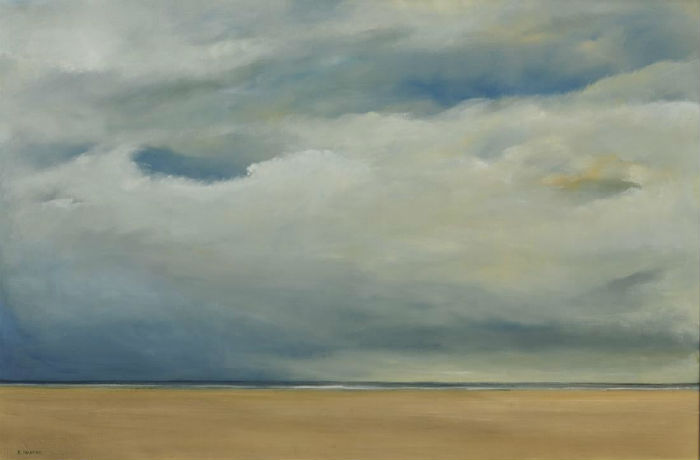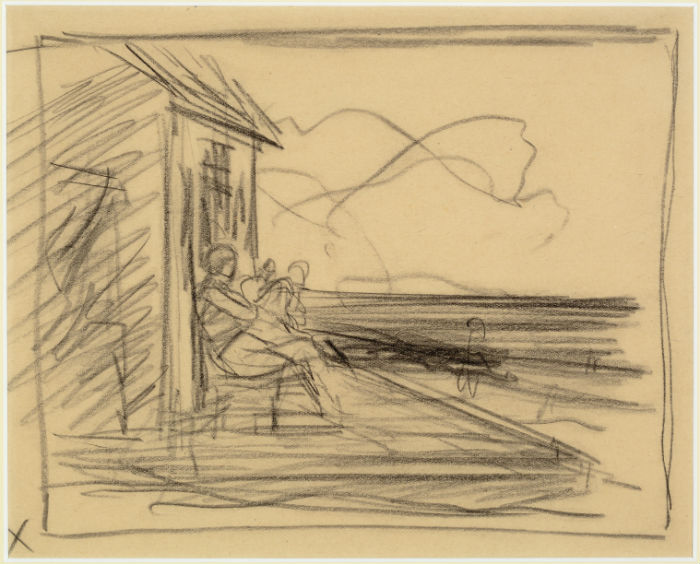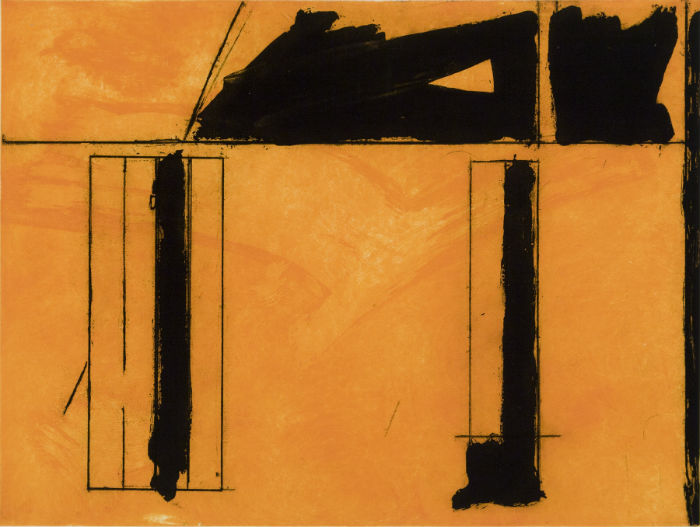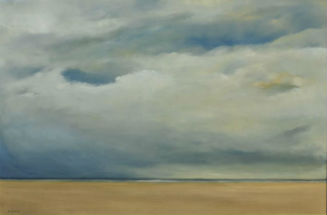
NEW YORK – From the quality of light to the ocean views, tourists and artists have been flocking to Provincetown, Mass., at the northernmost tip of Cape Cod since the expansion of railroad lines here in 1873. Among the artists were painters who were able to stay here cheaply, renting boardinghouses and studios to paint the incredible views.
The Provincetown art colony came into being when Charles Webster Hawthorne opened his Cape Cod School of Art in the summer of 1899, according to commentary at I Am Provincetown. Many galleries sprang up along Commercial Street, which remains a mecca for local art to this day. Organizations such as the Provincetown Art Association and Museum in Provincetown have long championed Provincetown art and artists.
“Artists are still being inspired today by the same landscape as Hawthorne and his contemporaries. The fact that so many organizations, including PAAM, uphold the tradition of art making through our varying schools continues to be an attraction,” said PAAM CEO Christine McCarthy. “Steeped deeply in the early traditions of the art colony, PAAM not only preserves the historic legacy of the oldest continuous arts colony in America, but also encourages contemporary artists to partake and experience one of the most important arts destinations today.”

Among the styles of art that flourished here are Impressionism, Post-Impressionism, Abstract Expressionism, Modernism and the contemporary. “It’s fascinating to see some of the same landscapes depicted in each style especially since the light is so attractive,” she said.
The area was immediately a haven for artists, according to gallerist/auctioneer Jim Bakker of The Bakker Project, who showcases local artists and conducts an annual fall auction for PAAM. “From the late 19th century when artists first started coming to Provincetown, they discovered that special light created when land is surrounded on all sides by water,” he said. “It was a welcoming place that was easily accessible by railroad or ferry. There was no lack of reasonable places to stay or fresh fish off the boat for the table. During World War I when it was not safe for artists to go abroad, the ones that had been here, told their friends. The town as always been picturesque and provided great and numerous good spots to paint. The town continues to attract artists to paint and study here.”
McCarthy shared with Auction Central News a few of her picks as top names among the many talented artists associated with Provincetown:
Charles Hawthorne – Charles Webster Hawthorne studied at the Art Students League 1893-1896. In 1896, Hawthorne attended the Shinnecock Summer School at Southampton, N.Y., where he studied with William Merritt Chase. Hawthorne became Chase’s assistant but when Chase closed his school in 1898 Hawthorne departed for Europe. In Europe, Hawthorne painted in the seaside city of Zandvoort in the Netherlands. It was there that he was exposed to the paintings of Frans Hals that deeply influenced him. In 1899 he opened the Cape Cod School of Art in Provincetown, marking the beginning of Provincetown as an art colony. Hawthorne influenced many of his students, among them Ross Moffett and Edwin Dickinson.

Dickinson said of Hawthorne: “The best teacher I ever knew.” He was awarded many prizes in his lifetime and had many paintings selected for purchase by institutions sponsoring exhibitions. He helped found the Provincetown Art Association in 1914 and served as Honorary Vice President until his death in 1930. Charles Webster Hawthorne is buried in Provincetown.
Edwin Dickinson – Edwin Dickinson came to Provincetown in 1911 to study with Charles Hawthorne. Dickinson helped found the Provincetown Art Association where he also taught drawing; Philip Malicoat and Bruce McKain were among his students. As an artist he was able to bridge the gap between the old guard and the modernists. Like the traditional Provincetown painters he worked from nature while employing the new freedoms of composition and idea of the modernist.
Milton Avery – Milton Avery was largely self-taught, receiving no formal training until the age of 30. Avery summered in Provincetown from 1954-1960 where he began work on the large canvases of sea, sky and dunes, which would be the triumph of his career. Among Avery’s devoted colleagues at the time were abstractionists Mark Rothko and Adolph Gottlieb. Avery himself worked both figuratively and abstractly. Hans Hofmann said of Avery that he was the first American to understand color as a creative means.

Hans Hofmann – Hans Hofmann came to the United States in 1930 to teach at the University of California at Berkeley. Hofmann founded the Hofmann School of Art in New York (1934) and Provincetown (1935). He became an American citizen in 1941. Hofmann’s influence on the new American Abstract artist is difficult to quantify as he taught and influenced so many artists including Lee Krasner, George McNeil, Peter Busa and Lillian Orlowsky to name so very few.
Blanche Lazzell – Blanche Lazzell made her way to Cape Cod in 1915 after a short study in Paris at the Academie Moderne. Fascinated by what she discovered in Provincetown, Lazzell became a regular visitor to Provincetown for the next 40 years. In Provincetown she studied with both Charles Hawthorne and Hans Hofmann. Lazzell exhibited her work at the Provincetown Art Association and Museum from 1916-1964. She was a master of the American white-line woodcut, also known as the Provincetown Print. There has been a recent resurgence of popularity of this print method resulting in two 2002 exhibitions of Lazzell’s work at the Boston Museum of Fine Arts and the Provincetown Art Association and Museum.

Robert Motherwell – Robert Motherwell spent some time in Provincetown in the 1940s early in his career. After a brief sojourn in Easthampton, he came back to the Cape where he spent his summers from then on. While in Provincetown, Motherwell carried on his Spanish Elegy series, painting and making collages. In 2012, PAAM mounted “Robert Motherwell: Beside the Sea” to critical acclaim.



